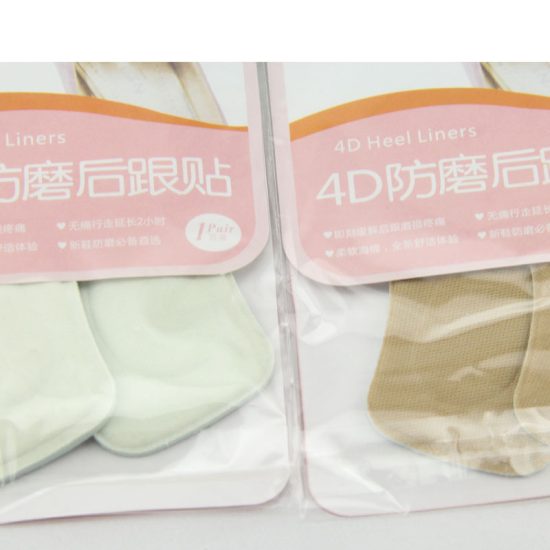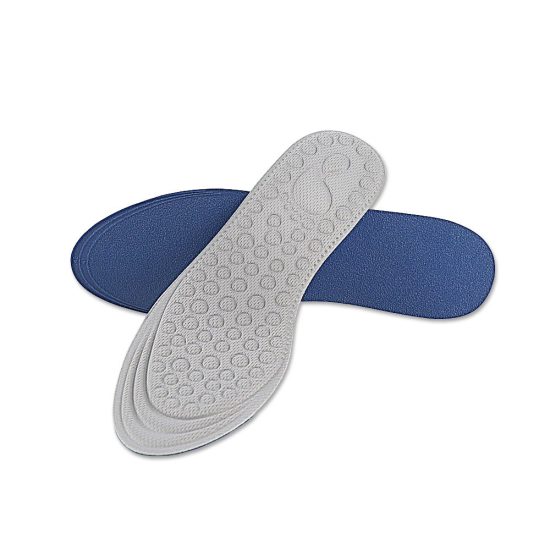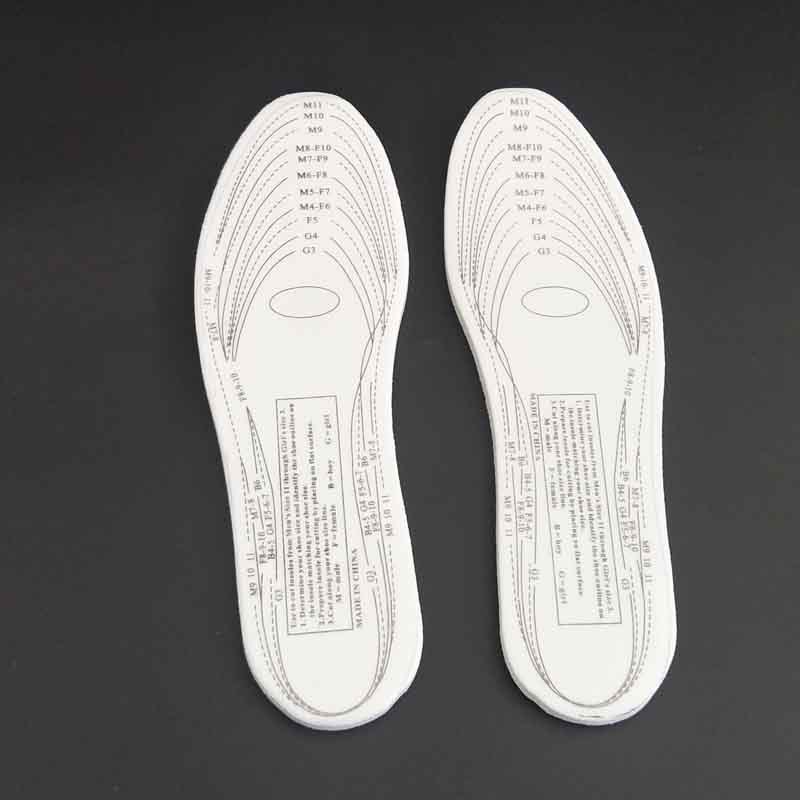Shoe insoles have been used for centuries to provide additional support, cushioning, and comfort to the feet. Here’s a brief history of shoe insoles from ancient times to modern technology:
- Ancient times: The ancient Egyptians were among the first to use insoles made of woven papyrus and palm leaves for added comfort and protection. The Greeks and Romans also used insoles made of animal skins and other materials.
- Middle Ages: During the Middle Ages, shoes were often uncomfortable and ill-fitting, so insoles made of straw, hay, and moss were added for extra cushioning.
- 18th and 19th centuries: Insoles made of leather became popular in the 18th and 19th centuries, as they provided durability, support, and a more comfortable fit.
- Early 20th century: The development of rubber technology in the early 20th century led to the creation of rubber insoles, which were more shock-absorbent and durable than previous materials.
- Mid-20th century: With the rise of the sports industry in the mid-20th century, insoles designed for specific sports activities became popular. For example, running insoles were created to absorb shock and provide extra support during high-impact activities.
- Late 20th century and beyond: With the advent of modern technology, shoe insoles have continued to evolve. Today, insoles are made of a variety of materials, including foam, gel, cork, and memory foam. They can be designed for specific foot types and activities, and some even incorporate technology such as sensors to monitor foot pressure and movement.
In summary, shoe insoles have a long and varied history, with different materials and designs used over the centuries to provide added support and comfort to the feet. With modern technology, shoe insoles have continued to evolve, becoming more specialized and personalized to individual needs.



